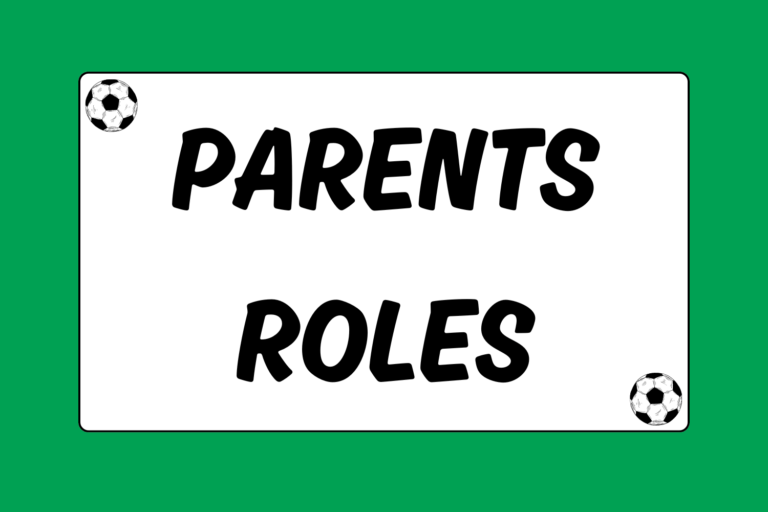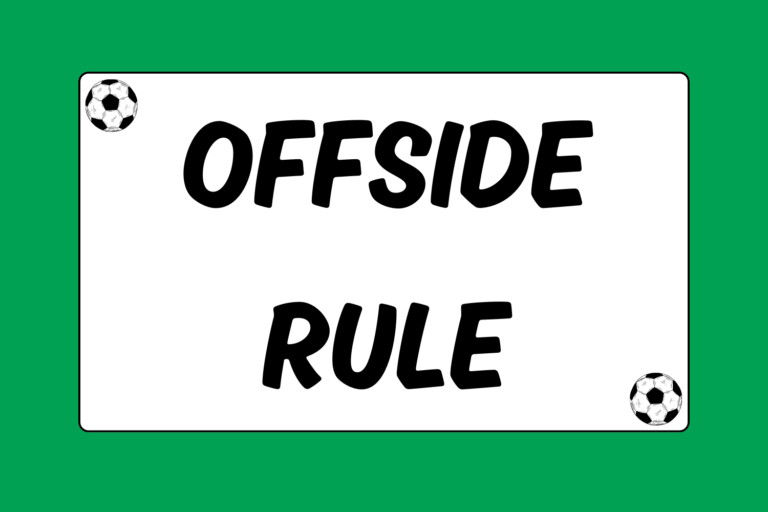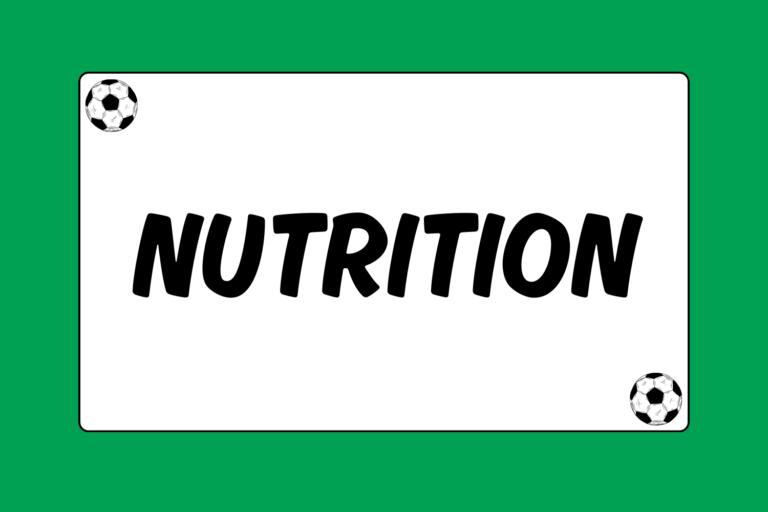A penalty shootout is a last resort if a winner cannot be determined during the course of a normal soccer match. Penalty shootouts are only used in tournaments where there must be a winner and a loser, so the winner may advance.
Usually full-time (90 minutes) is followed by two 15 minute extra-time periods. These periods are not sudden death. If a winner does not emerge after 120 minutes of play, the referee will send the match to a penalty shootout.
Shootout Format
Initially the shootout starts with five frames. In each frame, one player from each team will take a penalty shot. The shots go back and forth until one team is mathematically eliminated, thus negating the necessity of additional frames.
If the two teams are tied after five frames, they must each select an additional player to shoot in the sixth frame, and so on. A player may not shoot a second penalty shot until every player on the pitch has taken their first, including the goalkeepers. If this rare phenomenon occurs, the teams cycle around again using the same order they originally selected.
Shooter Selection
There are varying schools of thought when it comes to choosing which of your players should shoot, and in what order. One might assume that only attacking players are chosen, but that is almost never the case. You want to select players who have consistent shots, and those who perform well under pressure.
Shot Order
Saving your best shooters for last isn’t always advisable. Very often, your last shooter won’t even get to shoot because the outcome will already be mathematically determined by the time their turn comes up. Although all five of your shooters should be strong and reliable, building your lineup from best to worst is the safest way to ensure that you score and keep your team in the game.
Fun Fact:
The first time a shootout ever occurred during a World Cup match was in a 1982 semifinal between France and West Germany.
The score was level at 1-1 after regulation. France took a commanding 3-1 lead in extra time, but the Germans battled back and leveled the score, highlighted by a sensational bicycle kick by Klaus Fischer. After extra time expired with the score 3-3, West Germany went on to make history by winning the penalty shootout 5-4.
Penalty Kick Infractions
For the most part, penalty shots are pretty straight forward, but there are two primary rules that must be followed while taking a penalty. The first relates to the shooter, and the second relates to the goalkeeper.
Shooter Infractions
The player who is shooting must continue forward momentum once they advance towards the ball. If the shooter stops on his way toward the ball, whatever happens afterward is null and void. The referee will blow his whistle and the kick will be retaken.
Goalkeeper Infractions
The goalkeeper must stay on the goal line until the ball is struck. The keeper can move horizontally along the goal line at all times, but if they come off the goal line early, the referee will blow his whistle and the kick will be retaken.
Shootout Controversy
Although shootouts have been a part of soccer for quite some time, they are almost universally hated by fans and players alike. This is because a shootout is essentially a last resort in order to end a soccer match. Most fans and players would rather continue until a winner emerges, but sadly the modern game has been forever altered by the constraints of television time slots.
Time to Shoot
Regardless of whether you are in favor of penalty shootouts or not, they arise relatively frequently in the game of soccer. It’s advisable to plan ahead, and absorb the knowledge above for when you find yourself thrust into one. Even if you are not the best shooter on the field, at least you can be mentally prepared for any situation that arises.





